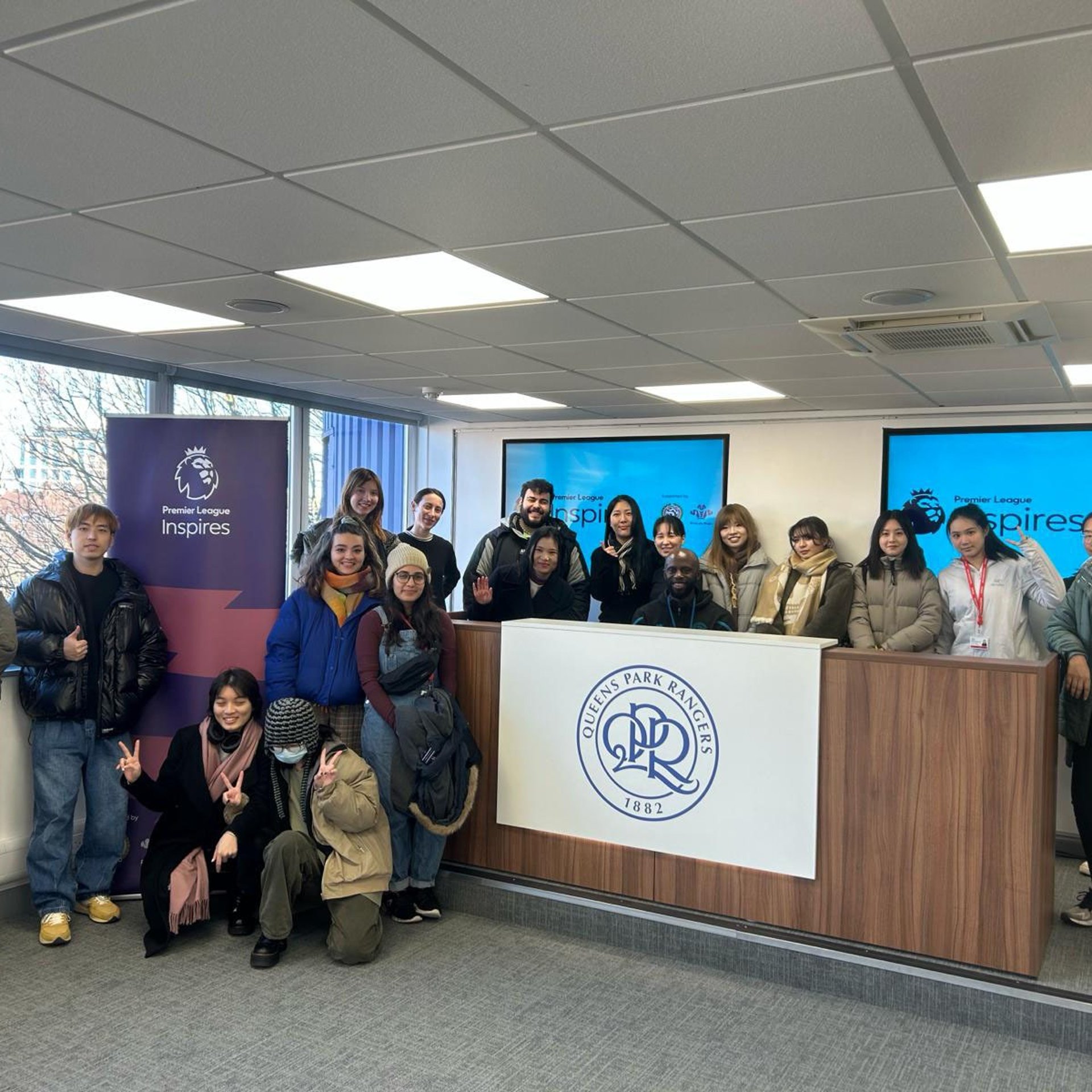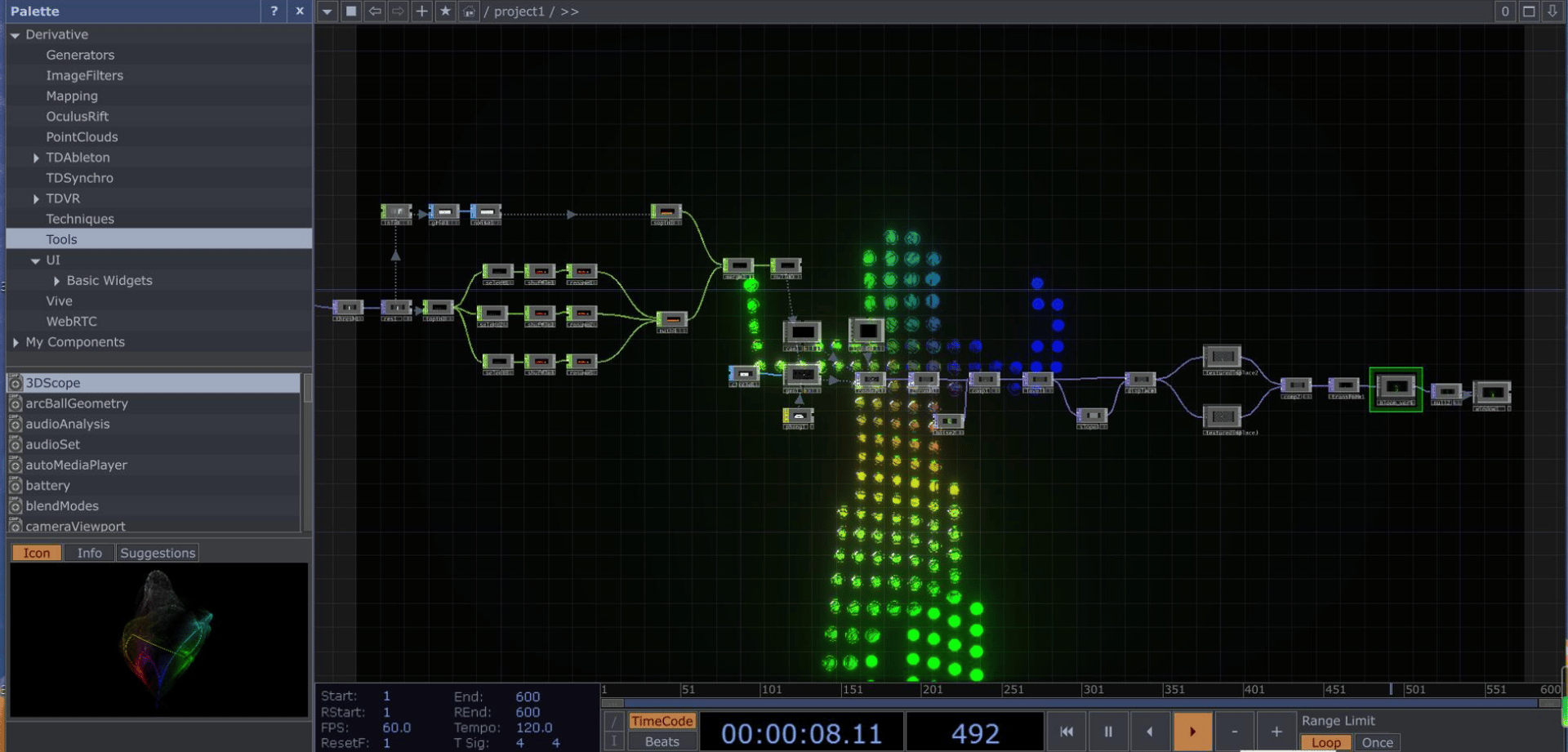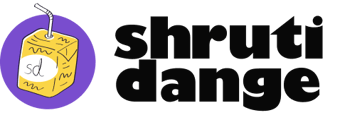Mentorship workshop for students - creating music with body movements.
Brief: To design and conduct a workshop for 13-16 year olds struggling with schoolwork to introduce them to the world of Design.
Timeline: 3 weeks
Role: Workshop Design, Testing and Facilitating
Tools: Touch Designer, Body Synth



the goal -
Widen horizons and encourage expansive thinking.
The goal of the workshop is to design an engaging afternoon for young students to collaboratively construct an open world, break away from limitations, and embrace diverse perspectives. The aim is to cultivate a vision that promotes a sense of interconnectedness and unity in the pursuit of knowledge and creativity.

Ideation.
Our initial excitement about the idea—painting on a large canvas, using a football as a brush with paint to create art and study movement (a Jackson Pollock-y piece)—quickly went out the window. But the root idea of using movement as a mode of expression remained.


- - - - - - - - - - - - - - - - - - - - - - - - -
The workshop:
Freeing movement with audio-visual art
The workshop was built around the idea of using dance as a tool to paint, express and build confidence. Children were encouraged to dance in front of a camera (with fun prompts of course). The movement captured would be translated into musical beats so essentially they were creating sound with their bodies! This would also be accompanied by fun visuals on the screen and finally into a collaborative music video.




Challenges -
Facilitation
Effectively explaining activities, maintaining high energy levels, and addressing issues during workshops proved to be significant challenges. We needed to ensure engaging and supportive facilitation while managing unexpected obstacles.
Operation
Setting up physical spaces to accommodate software functionality while encouraging free movement was complex. Additionally, resolving technical issues such as configuring screens and lighting required careful planning and troubleshooting.
Resource Management
Initially, we planned an activity focused on expressive colour usage. However, while there was enthusiasm for this, concerns arose regarding the need for resource management, particularly in maintaining cleanliness and student safety. There was also uncertainty about whether this activity would sufficiently captivate participants. Consequently, we needed to reassess our approach and select an alternative activity that would utilise resources more effectively.
Documentation & Privacy
Capturing activities without intruding posed a challenge. We deliberated on whether filming, taking photos, or recording in some manner would be most suitable while respecting participant privacy and engagement.

technicalities.
By using visual coding as our main technology, we were able to intuitively explain the fundamentals of coding by connecting nodes to forms of visual effects.
The BodySynth movements were assigned to produce visually filtered outputs as well.


NODE BASED VISUAL CODING
SOUND PRODUCTION
BodySynth is a pre-existing GoogleLabs application that allows users to generate music using the movements of their bodies. It typically involves using a camera or sensor to capture the motion of the user, which is then translated into musical output.


RECORDING & CAPTURING
One of the standout features of the Kinect is its ability to track the movement of human skeletons in real time. Using depth information, the Kinect can identify and track the positions of joints in a user's body, enabling a more immersive and interactive experience.


Testing.
Workability of the code: Does it react with a sound on the movement of a limb?
Placement of equipment
What do the cameras pick up and how do they react?
Do the sounds produced clash with each other?




Facilitation.
Workshop conducted in RCA, London























